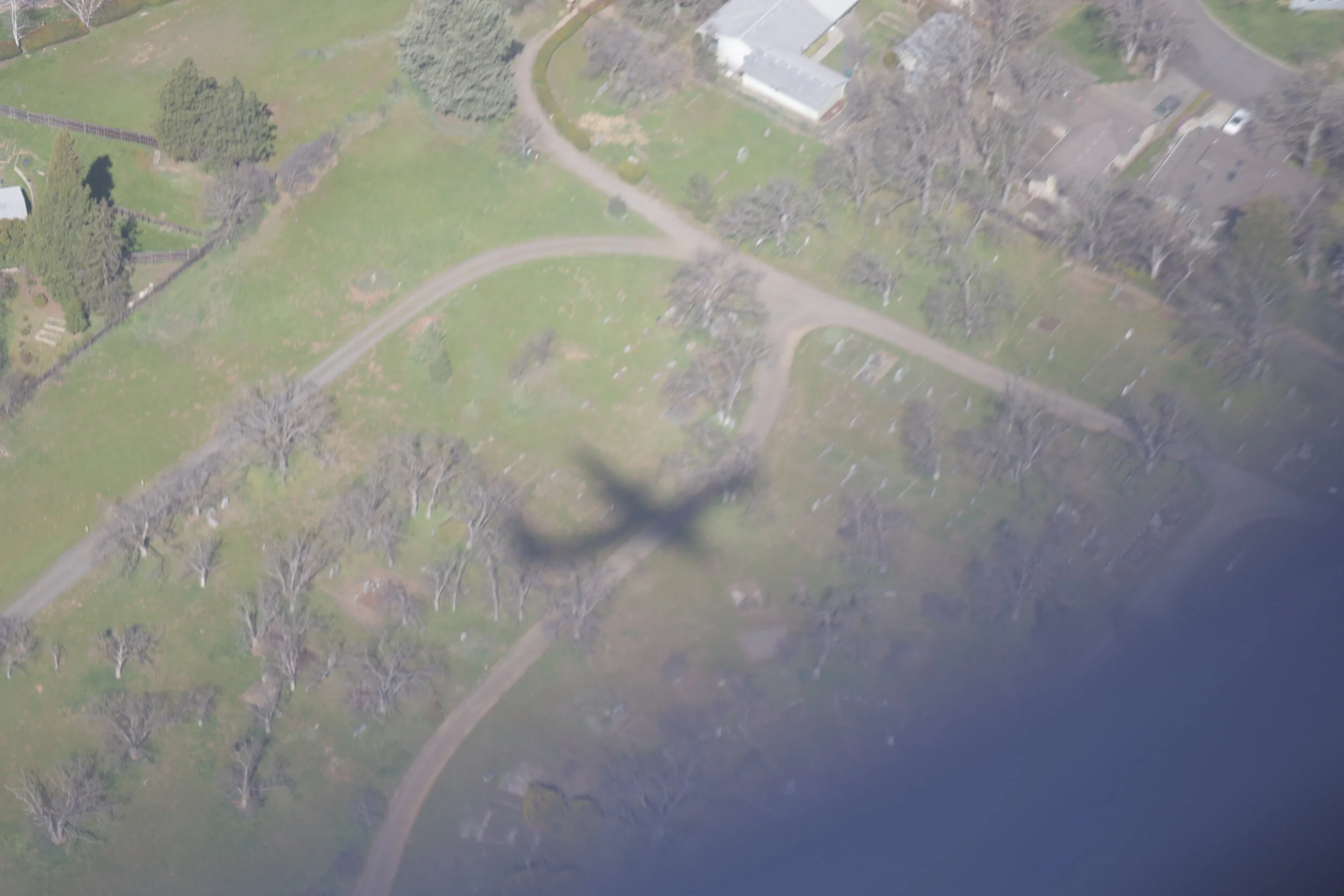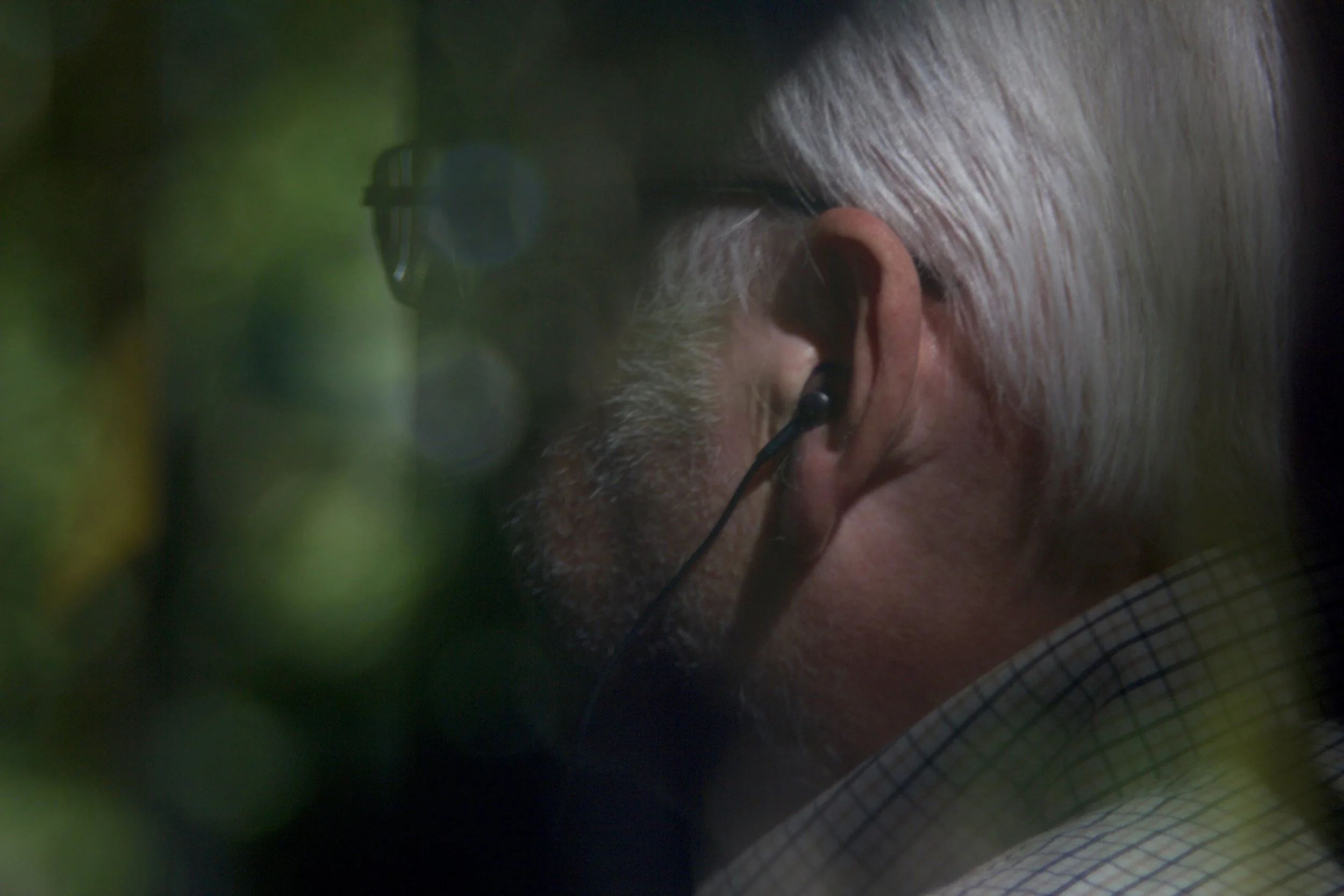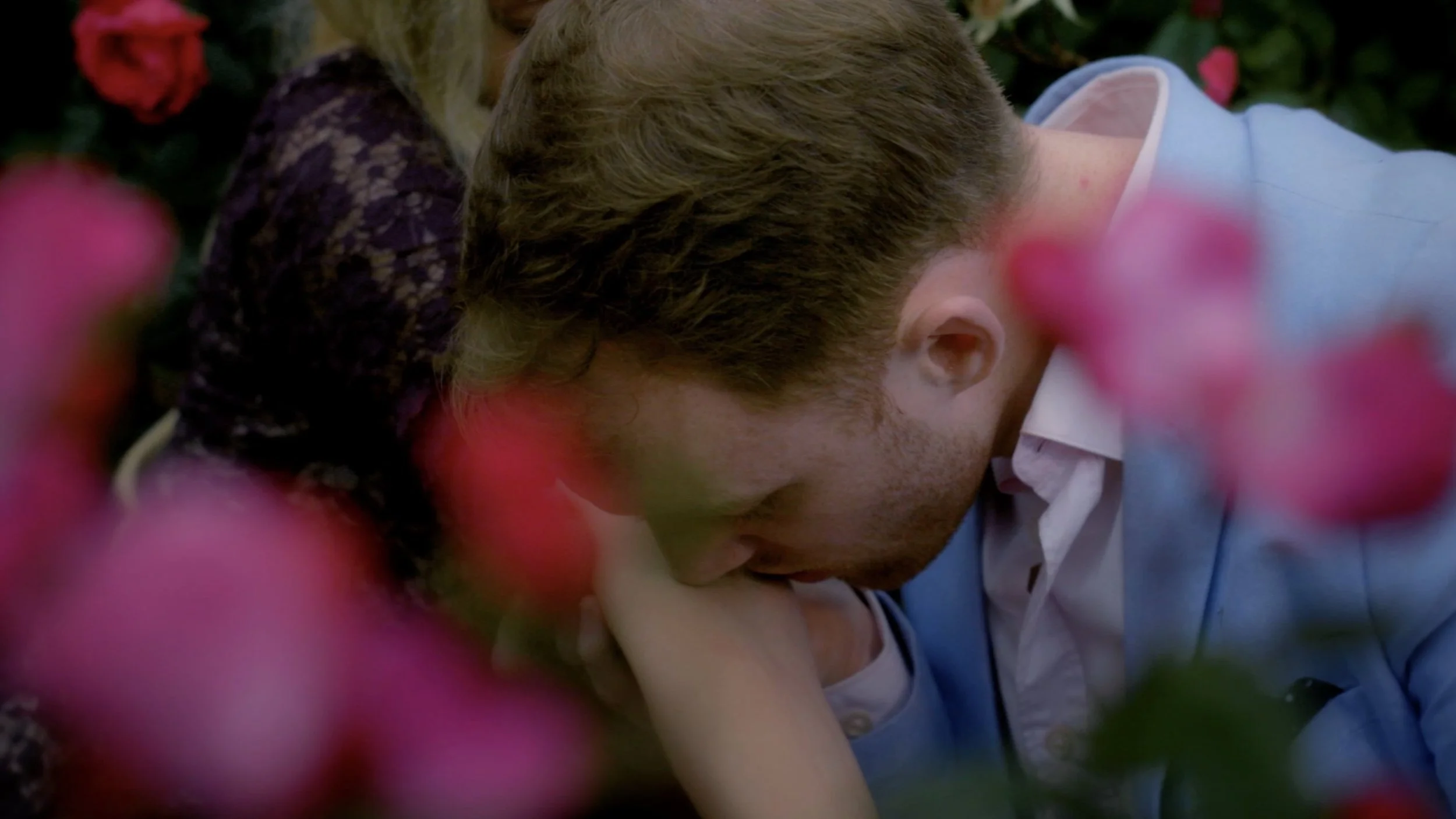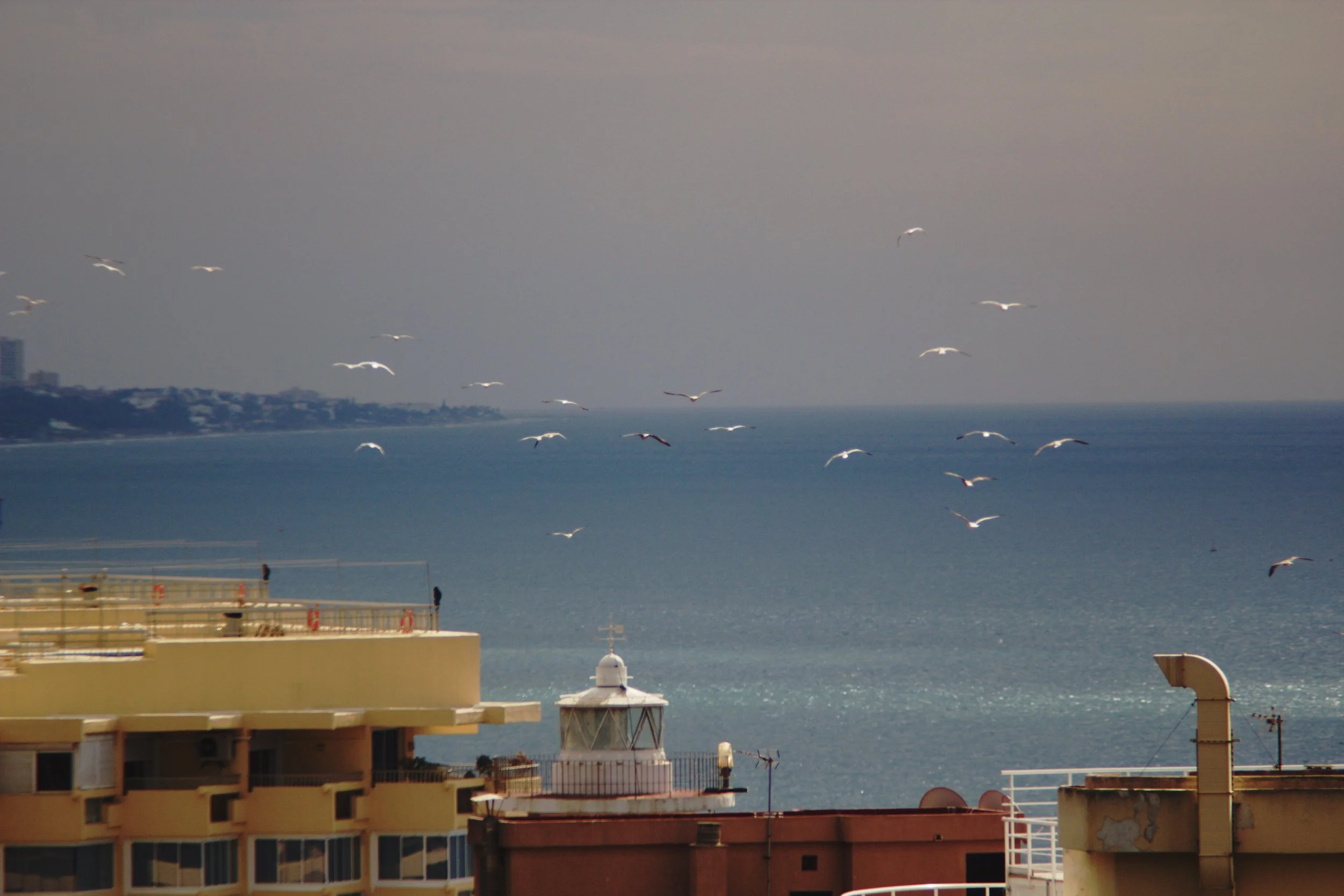
sap
Syrup and poison
Fully Living • Fully Dying
I wanted the plane to crash.
I was flying to Southern Spain for the world premiere of my first feature film, The Texture of Falling. Enveloped into the hard-bread-cushioned seat, I was overwhelmed by the strangest and strongest longing for the plane to crash...
I wanted the plane to crash.
I was flying to Southern Spain for the world premiere of my first feature film, The Texture of Falling. Enveloped into the hard-bread-cushioned seat, I was overwhelmed by the strangest and strongest longing for the plane to crash—strange because I was not depressed or suicidal, the urge seemed to appear out of the blue. I immediately felt guilt; if the plane crashed all the other passengers would die too. I let go of my death wish, until an involuntary bolt of yearning ran through me at the first sign of disturbance.
I believe this irrational impulse at that particular time was my psyche preparing me for a major internal death and rebirth I was about to experience. I will delve into this in a subsequent blog. In short for the moment: at the film festival I fully awoke in my own life dream, which at the time felt more like a nightmare. Yet because of my lucidity I had a deep humor about it all and have never felt freer.
The days leading up to the film festival I could feel it coming on…something major. I entered a small depressive state, which is always a sign to me that vital change is imminent. So I softened my stance, a deep weeping in my heart as I swam through the cerulean seas. It didn’t match up—my emotions and the golden glow of the Casa del Sol, but perplexingly, I wandered like a lonely ghost through the vibrant new land.
In my experience with depression it has revealed itself to me as the companion of death—the small and large deaths throughout life; deaths of our identity, our ego; the security of the known; deaths of relationships; physical deaths of loved ones. If we allow the death-rebirth cycle to run its course the depression is a temporary gatekeeper. If we resist the change depression can become a sort of new identity we cling to. (Note, I am not including chemical imbalances in this statement, which are to be addressed for their biological roots, though even biology has psychic roots, in my opinion).
As I lay in my Spanish bed at night, compulsory images of various modes of dying flashed in my head. With life juxtaposed against death that closely, though imaginarily, I sensed that choosing to live was also like jumping off a cliff. It is as radical of a choice as dying. The desire for death actually indicates the desire to be truly alive. In fact we are always fully living and fully dying. Paradoxically, death and life are one.
I have known this for a long time, at least cerebrally, but my mental exposure therapy to dying was revealing more deeply how my avoidance of uncomfortable experiences—the humiliation of rejection or failure, the nakedness of fame, the unfamiliarity of success, the possibility of social annihilation—stemmed from my fear of death. It was unleashing courage to face all the unnerving sensations that kill my small identity. Because, why not? If choosing to live is as wild a choice as choosing to die, I might as well jump off of the proverbial cliff and actually live. I felt as if there was nothing to lose.
When you realize you are the observer watching everything, and that "life" as we know it is simply sensation coupled with thought patterns, all sensations become ok, further, they can become pleasurable. This is what allows me to enjoy my dentist visits—a perfect petri dish for practice.
Aging is a cruel joke that plays itself on everyone. The naivety and pride of youth are not enviable, but rather, foolish. The purity of ageless consciousness is where true wisdom and freedom lie. The more you experience “time,” which according to the theory of relativity does not actually exist in a continuum but is an inextricable part of four-dimensional space-time, the more you can feel that which is timeless.
A common refrain I hear from people who have aged to some degree is that they don’t feel their age. The body ages, but there is a watcher who does not. You can feel the nonexistence of time by experiencing the existence of time. You can sense that you are not your body when your body involuntarily, without your volition or control, changes of its own accord and those changes baffle another aspect of your being that is not doing that aging thing at all. As Einstein stated, “People like us, who believe in physics, know that the distinction between past, present, and future is only a stubbornly persistent illusion.”
When you can feel this contrasting juxtaposition between a part of you that is timeless—the observer that does not age and is perplexed by physical changes—and the part of you that is time-based—the corporeal you, you can sense the relativity and illusion of time, and more importantly, you can sense your freedom. You are not bound to this body. You are not even fixed to the particular point of reference that identifies as, or in, this body.
One of my favorite quotes comes from The Elegance of the Hedgehog, it reads:
“Beauty consists of its own passing, just as we reach for it. It’s the ephemeral configuration of things in the moment, when you see both their beauty and their death...Does this mean that this is how we must live our lives? Constantly poised between beauty and death, between movement and its disappearance? Maybe that’s what being alive is all about: so we can track down those moments that are dying.” –Muriel Barbery
I believe there is always a choice. A choice to be dead while alive, a choice to actually die, or a choice to undergo the many invigorating ego/identity deaths that come with being fully alive.
All of the consensual societal norms that people take so seriously are just agreed upon fabrications. When you perceive how absurd this amazing existence is (why are we even here for god’s sake?) you realize you can chart your own course and risk...
...all of the electrifying results of that.
Image by Bryon Phillips
Share this blog
I Didn't Believe in Love
I don’t want to make sweeping statements, but from my observation, the Western culture I was raised in has produced a prominent fairytale narrative surrounding love that many subscribe to...
I don’t want to make sweeping statements, but from my observation the Western culture I was raised in has produced a prominent fairytale narrative surrounding love that many subscribe to. I may have pledged allegiance to it briefly when I was a child and melodramatic love songs pulsed through my head as I pounded the pavement feverishly chasing my fourth-grade crush. But that histrionic sentimentality was left behind when my family moved from my childhood home at age 14, ripping me from all things familiar and thrusting me into an existential quandary and subsequent depression. At age 15 I left home to hitchhike across the country and hopefully solve the puzzle of my spiritual funk. I had other things to think about besides boys. I was on a quest.
Let me clarify what I mean when I say I didn’t believe in love. Since my teens I did not believe in romantic love, i.e. falling in love. When my friends would come to me to report their latest starry-eyed affairs I would commonly retort, “that’s great, but report back in a year and let me know how that’s going for you.” I didn’t understand what the big deal was. I just knew that romantic love was nothing more than biological drive mingling with regressed projections to create a seductive cocktail of chemicals in one’s brain, stirring up all kinds of irrational thoughts and behaviors. I intuitively knew it was temporal. I didn’t need to read the myriad articles on the subject to realize it was a fleeting state of bliss that developed over eons to continue the propagation of our species. And it simply didn’t intrigue me.
I believed in a different kind of love—unconditional love, i.e. growing in love. My relationship choices were pragmatic, based in deep spiritual and intellectual resonance, friendship, comfort, and common goals. I had never felt chemistry.
I never believed in love…until I fell in love.
And when I connected with Him it smacked me upside the head—some sort of strange, cosmic but earthy, electrical pulse that catapulted me into the most ecstatic high I have ever experienced. So ecstatic it hurt, because even in my consumed state I knew it wouldn't last. It's a basic principle of physics—that much potent energy cannot sustain itself.
At the height of my ecstasy I could feel the seed of its demise. I was already mourning the inevitable, which lent the experience even more poignancy.
At the time of the initial eruption, I said to a friend of mine; “if we don’t create something with this energy it will make us insane, it either wants to create babies or art, and I prefer art.”
Yet insane we still went, and art I did make. Though I thought the art I’d be making would be with him—I’m a filmmaker and he a classical musician.
My experience of falling in love was the tragic sort, the star-crossed lovers, two ships in the night, Romeo and Juliet sort. We were impossible. Except, maybe we were possible in some other version of the multiverse that we didn’t choose. After the initial decision that caused our separation, there occurred a cascade of events that continued to widen the canyon between us. It was the most wrenching loss I’ve ever experienced. It was a death. Further, all of the blissed-out chemicals—found to be similar to the effects of cocaine on the brain in neurological studies—were immediately halted at their apex. And I’m a sensationaholic, so that was just agonizing. My bliss was replaced with raw, relentless grief.
A knife had been thrust in my wide-open heart and I was running about like a wild animal, lost and confused, still longing and craving profoundly, but with no relief.
I had to channel my pain somehow, and so one day in the middle of a teahouse shaped like a caboose, wanting to die, I began writing the script. Every word I wrote cut me, because I did not want art, I wanted him. But he could not be with me, and I had no other choice. My sense was that the entire thing occurred for my art, and that devastated me. It was a cruel initiation into the next stage of my artistic journey, and as much as my heart protested, a bigger part of myself simply surrendered to what felt like the call.
It’s funny, because only a few months before I met my first love I was talking to my good friend about an idea I had to make my way into feature films. At that point I had only made short films, doing all aspects by myself: camera, sound, story, editing. The idea of a feature film was beyond daunting and so I thought I would make a cohesive collection of shorts called Portland, I Love You, in the vein of Paris, Je T'aime and New York, I Love You. I would produce the entire thing, choosing directors from Portland to make the various shorts, and I myself would write and direct one.
I was relaying to my friend that it was funny that I had chosen the topic of love, as it’s not really my thing. Also, I felt that I didn’t know how to make up a story, I had always written creative non-fiction, and my short films were all documentary or abstract. I had never written a fictional story, and further I was a bit uninterested in stories in general (funny that I’m a filmmaker, but my passion for film at that point was driven more by atmosphere than narrative). He told me that I am blocked to stories (I now believe he was right), but I protested, “no, I have to work from life, but it will come to me. The story will come.”
And came it did. Enter stage right—Love with a capital L and a penchant for pain. I didn’t recall that conversation at the time. But it struck me retrospectively.
Had I invited this all in simply for my film?
And what was the connection between Eros (romantic love) and the artistic muse?
I contemplated this because the foreign encounter with love opened me up not only to the illogical experience itself, but it acted like a slingshot, thrusting me into a much grander phase of my art. I didn’t have to sit around pondering what the topic of my feature film would be; the story arose like a tsunami and picked me up in its inexorable power. I felt I had no choice but to surf it the best I could. I was on fire; driven, compelled, mad even. All of that raw desire for my first love was channeled into the creation of my first feature film. I worked 100 plus hour weeks for years. I sacrificed many aspects of my ego, I faced my fears constantly, my skills and knowledge evolved exponentially. And I made a film. Not a collection of shorts, but a real, full-length feature film. After years of herculean work—playing the roles of 15 experts in the production, working another job, getting no sleep, drinking too much alcohol, fueled primarily by adrenaline and ambition, I was crashed to the shore, worn and torn.
At that point I had to stand up, brush off the sand and keep going. The next equally intense stage of getting my film into the world—festival submissions, premieres, publicity, marketing, sales, and dealing with the bureaucracy that is the “independent” film world awaited with little pity for my depleted state.
Now, years after the loss that incited my hurricane of creation, I sit in a 7th floor loft in Marbella, Spain. Out the wall of windows is a swath of azure that is the Alboran Sea. The air is fresh, yet smoky and sweet. Wind whistles in the shoot of the old building. I am here for the world premiere of my film, The Texture of Falling.
And sometimes I still miss him profoundly.
Does my film do our love justice? Probably not. And as you might imagine, it strayed far from a typical love story. It is more a symbolism-rich labyrinth contemplating the nature of love, art, cinema, sacrifice, power and the connections between. It contains the layers of my psyche—the skepticism, the melodrama that became schematized satire, and also…the sentimentality. That buried place within me that finally awoke to what the poets poeticized, to what the love songs sung, the archetypes and dreams that I once relegated as a fleeting illusion in service of procreative drive.
Have I changed my mind? Well, in some ways no. I see I was right. Our love was temporal, ephemeral, the stuff of dreams and in between. And further, I know that for those whose relationships become long term, the initial romantic phase wears away after time, and that’s when the real, gritty work of unconditional love begins. But I also see that there is something so much more than my cold, incisive, deconstructionist perspective. Whether it is chemicals that spur this fantastical world the lover enters into, the world is nonetheless inspiring and subjectively real. The stuff that art is made of, where reason and logic are checked at the door. And isn’t all of sensorial life chemical reactions? I am a love skeptic still, but my heart has been changed. And that I cannot quantify nor deny.
Thank you for reading. This is just the beginning of this blog of philosophical musings. Below is the film trailer to my feature film, The Texture of Falling, which was created out this experience. We will be having screenings around the world, which we will post in the events section, and it will be streaming online in Winter/Spring 2018. If you would like the weekly blogs as they come hot off the press, subscribe below. -Maria










